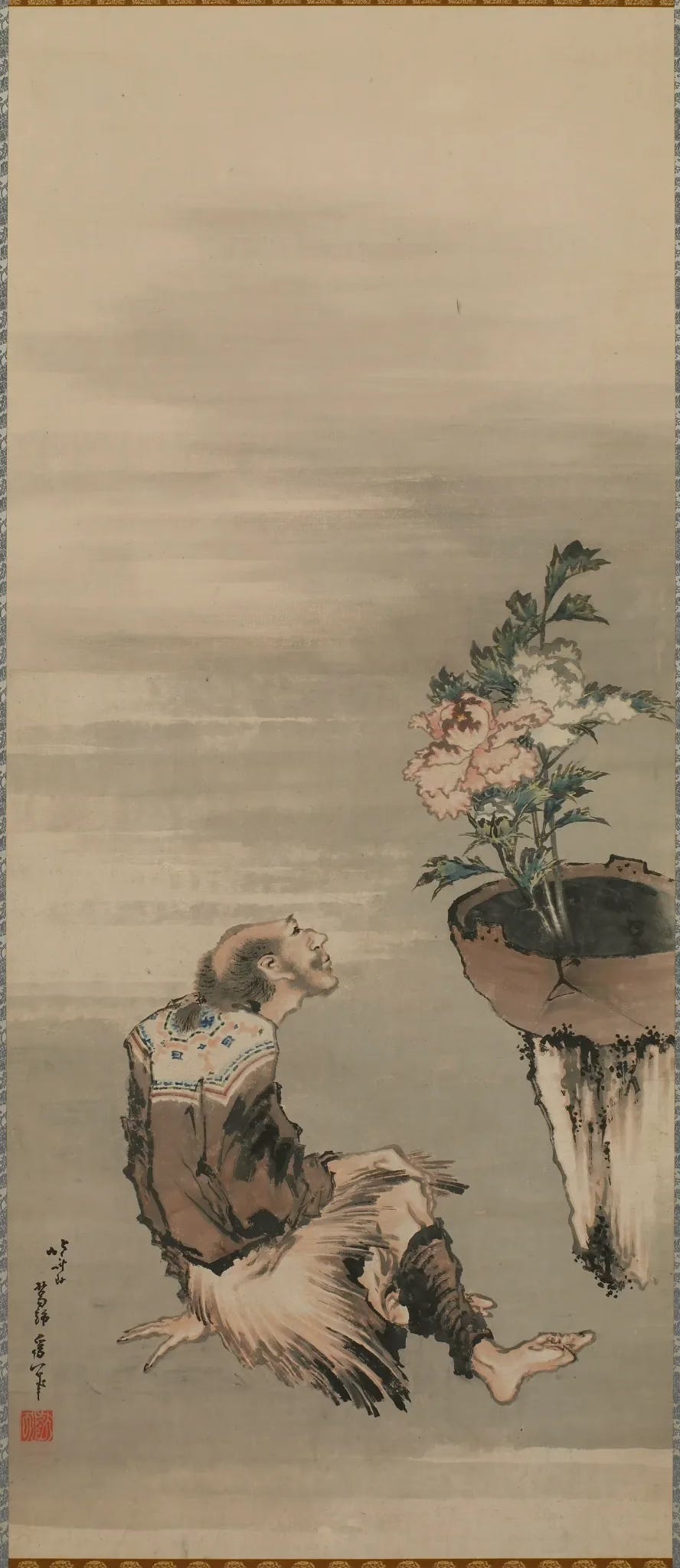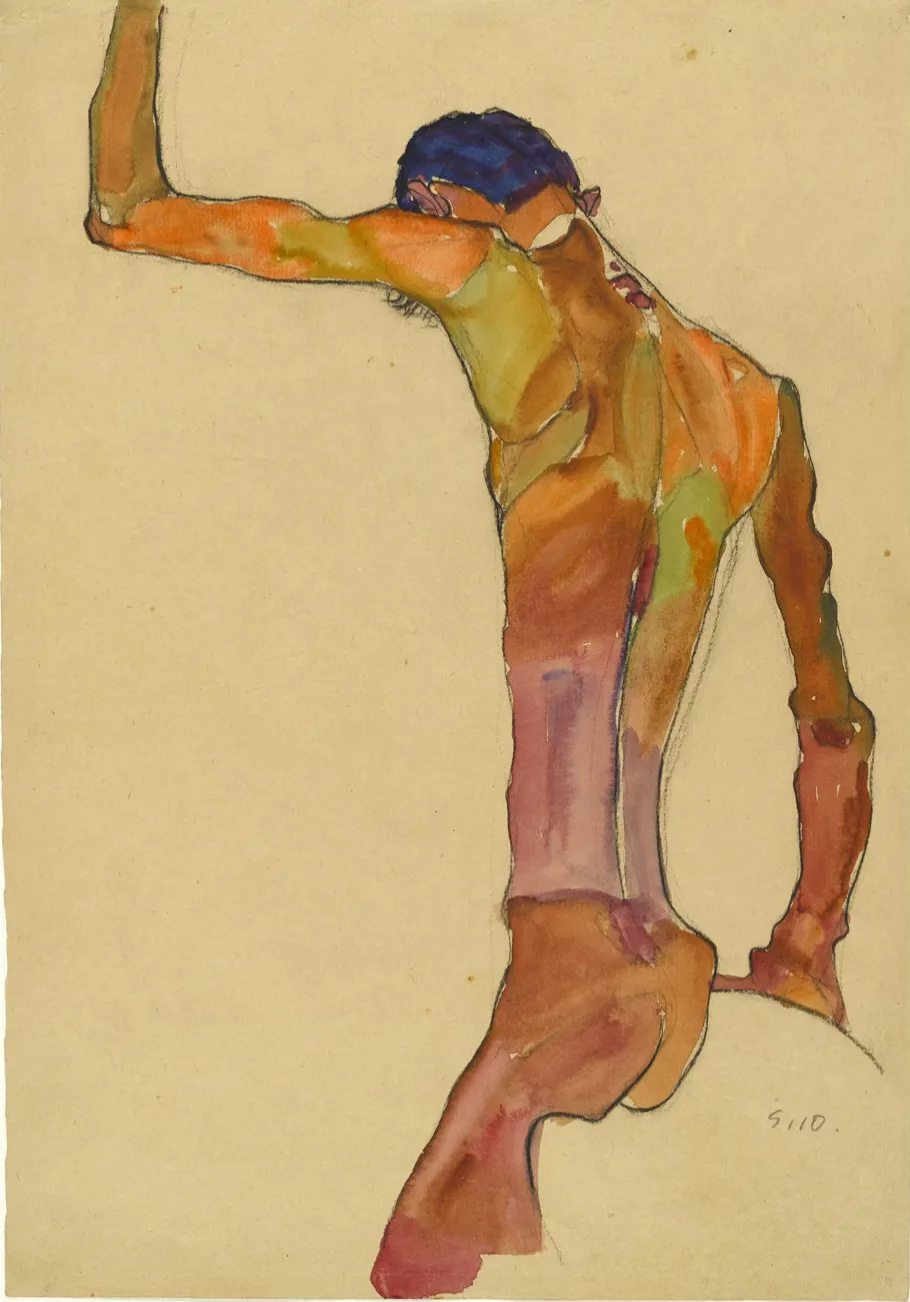Day 16. Fun Lesson: Negative Space
Focusing on the negative has never felt so positive
GUTsters!
A quick side note before we begin: It was brought to my attention that there are LOT of new people at the DrawTogether Grown-Ups Table (welcome!) and many of you may not be familiar with another DrawTogether program: DrawTogether Classrooms, a non-profit that provides educators with social-emotional based art lessons (videos! podcasts! activities! curriculum!) for their learning environments that build curiosity, creativity, confidence, and connection in young people. It’s the best thing ever. Know an educator who wants to bring more art, heart and equity into their classroom, library or homeschool? Sign up to receive DrawTogether Classroom resources - AT NO CHARGE.
Alright, now back to our regularly scheduled GUT lesson. Get ready, friends. This is a good one.
There were multiple requests for this subject Fun Lesson in the comments, and I was excited to share this one with you, so hooray! I pulled some of this from an earlier GUT dispatch (have you explored the full GUT archive??) so you OGs (original GUTS!) may remember some of this.
And without further ado, let’s….
Focus on the Negative.
What is negative space?
Negative Space, also called White Space, is the area that surrounds a subject. (The subject is the Positive Space.) Example: Imagine a classical European oil portrait of a silly, self-important looking person in front of a dark background. The subject is the person, and the space around the person is the Negative Space.
When we first start drawing, many of us pay attention exclusively to the subject of a drawing or painting. We just focus on the positive space. But negative space is equally important in a drawing. And the more we draw, the more we start to notice the negative space. And the more we notice it, the more we can use it to help our drawings do what we want them to do.
What does negative space do?
Negative Space performs many functions: it focuses our eyes on the subject, it moves our eyes around a drawing or it keeps them still, it allows for visual space/room to breathe, and sometimes it gives the subject an extra layer of meaning. For example, ever seen this logo before?
Sure, you’ve probably seen it a million times.
But have you noticed the hidden symbol in the logo?! Focus your attention on the negative space of the logo - the space between the letters. Do you see it? Look between the E and the X. Now do you see the arrow?? YES. It’s subtle. It took me YEARS to see it. But once you see the arrow formed by the negative space you can’t unsee it. In this case, designer Lindon Leader used the negative space to create an image that informs the meaning of the subject. An arrow takes your package from here to there. Very clever, Lindon. (Apparently it took Lindon over 400 sketched versions before he saw the arrow formed by the E and the X! Even the best trained eyes miss things - and then turn them into the most creative solutions.)
In other cases, negative space can tell a story about what’s NOT there. Historian and sociologist W.E.B Du Bois established the first school of sociology (ever!) at the historically Black college Atlanta University. While there, he collected data on the lives of African American in the late 1800’s. When he was just 30 years old, Du Bois was invited to exhibit his research at the 1900 Paris World Fair. His presentation became the foundation of modern data visualization, and are great examples of using positive/negative space to tell a visual story. Here is one example:
This bar chart tells us what jobs African Americans held in 1890. The Subject is the red lines. The subject tells us what jobs African Americans held at the time (agricultural, farmers, laborers, a few barbers.) The Negative Space is the space around the red lines and text. What does that tell us? It tells us all the jobs African Americans were kept out of (teachers, clergymen, printers, engineers.) When we look at the positive and negative space together, we see a story about how a huge disparity in distribution in power. By focusing on the positive AND the negative space, we are able to see a richer story.
W.E.B. Du Bois’s Data Portraits: Visualizing Black America is a phenomenal collection of his data visualization. It’s a source of endless inspiration to me and many others.

All the above also applies to visual art, too.
Spacial Elements in Drawing
Since we are doing some basic Fun Lessons, here’s a wee primer on how space is used in visual art, especially 2D like drawing and painting.
How to think about using negative space in drawing
Composition is the way elements are arranged in space. That could be on a canvas, on a piece of paper, in a room, etc. In every composition there are three spacial elements: Positive Space (subjects), Negative Space (the space around the subjects), and The Frame (the boundaries of the paper/canvas/room you are working within.) You can do anything you want with those three elements, but they will always work in unison. How you arrange them creates harmony, tension, focus, overwhelm, you name it. You can never have one without the other two.1
Let's look at some examples by some of my favorite aritsts.
Here’s an example of these three elements working in unison (with special attention paid to Negative Space) - a painting by Japanese artist Katsushika Hokusai.
Hokusai has removed everything except the man, the flower in its pot, and his signature (the subjects.) The quiet, grey space around the subjects is the Negative Space. By creating all this negative space, Hokusai pushes us to focus on the subjects. He also has arranged the positive and negative space within the frame to draw our eyes first to the man in the middle, then up to the flowers on the right, where our eyes rest and we gaze at the flowers. Just like the man in the painting. So simple and effective.
Okay, here’s another example:
This painting is by the American artist Andrew Wyeth. Like the arrow in the FedEx logo (I can’t believe I’m comparing Wyeth to FedEx!) the subject (the drapes) frame the negative space (the sky). The rectangular frame of the canvas contains the space and helps our eyes to move around. Notice how the diagonal shape of both the curtains and the negative space billow in strong contrast to the horizontal and perpendicular lines of the frame. Working together, these elements create an interesting composition that tells a story and communicates a mood.
Alright. Last example is my favorite. One of my all time favorite artists since I was in high school: Egon Schiele. A Viennese painter whose life was cut short at the age of 28 by the Spanish Flu.
Gah, right?!? Look how Schiele uses the three elements of composition. Look at those negative shapes! Look how he arranged the subject to create the negative shapes at the bottom, how graphic and moody and striking it is! The Composition!! AHHHH I LOVE IT SO MUCH!!!! And yes I’m shrieking. Try and stop me.
Here’s another:
GAH. SO GOOD. An Austrian painter (b. 1890) Schiele studied under Klimt and is known for his drawings and paintings of people (esp nudes) and landscapes. His work is full of harsh angles and surprising shapes created using negative space. I think we can all learn so much about composition by looking closely at Schiele’s work.4
And with that, let’s practice what I’ve been preaching. Let’s draw and share today’s Fun Lesson assignment.










